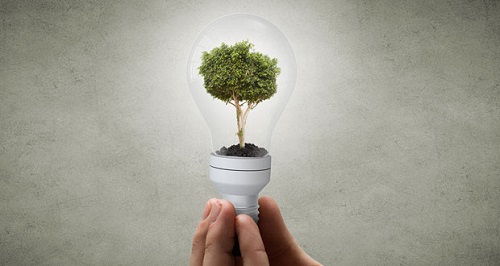
LED lights produce more energy per watt than standard incandescent or fluorescent lighting systems, making LEDs a more efficient and cost-effective option. Per unit of light, LEDs consume 10 times less energy than a traditional bulb and can last more than 30 times longer. Today, LEDs can produce 300 lumens per watt and last up to 100,000 hours. In addition to saving on energy and cost, LED lighting provides hoteliers with aesthetically pleasing and uniform lighting. With advanced technology and more intuitive control systems coming to the market, LED lighting’s popularity continues to rise in the hospitality sector.
“With the diversity of LED lighting products and controls now available, designers have the ability to create a cohesive, interwoven experience between lighting, mood, and design,” says Alison Priestman, the creative director at Navigate Design. “We are no longer bound by physical materials to define a space. The integration ability of LED lighting fixtures with smart devices can make a hotel stay even more convenient, customized and comfortable for their visitors going forward. LED lighting’s interactive capability will allow hoteliers to optimize the individual guest experience.”
The hotel industry has seen a shift in LED design trends as the new lighting system is integrated into hotel architecture. As an abundance of high quality LED lighting products enter the marketplace, designers are able to specify wattage, light levels, and dimming systems. Even decorative lighting, such as chandeliers and wall sconces, can now use LED technology. Additionally, the small and flexible nature of LEDs provide an infinite number of lighting design possibilities. “Custom colors can assist guests’ circadian rhythms and positively affect their emotional status, hotel room interiors can be painted with changeable colors of light, synchronous color changing glass curtain walls can be infused with LEDs and LEDs may even be woven into fabric that drape or cover seating and other surfaces,” says Robert Sonneman, founder and CEO of SONNEMAN—A Way of Light. “Our imaginations are moving into the limitless possibilities of the digital age.”
LEDs are chip based which means they can be controlled digitally to change intensity, color in reaction to daylight or user preference. LEDs can also be fully integrated into digital lighting control systems for a more managed experience in restaurants and public areas.
“The use of LEDs to create innovative and functional lighting in completely new ways will make this technology a game changer in hospitality design. As designers, architects, and contractors become more versed in the often-cryptic language of LED lighting, we will be seeing an increase in adoption of LED lighting systems in hospitality in 2017,” says Shant Madjarian, founder of Juniper. “We expect designers to take more risks with LED-based custom lighting design, especially lighting systems that can be permuted and replicated across an entire project.”


Service Hotline
Work Time:Mon-Fri 9:00-18:00
UTC+8

Sinoexpo Digital Platform
Copyright 2006-2025 Shanghai Sinoexpo Informa Markets International Exhibition Co., Ltd. All rights reserved
沪ICP备05034851号-77
 沪公网安备 31010402000543号
沪公网安备 31010402000543号